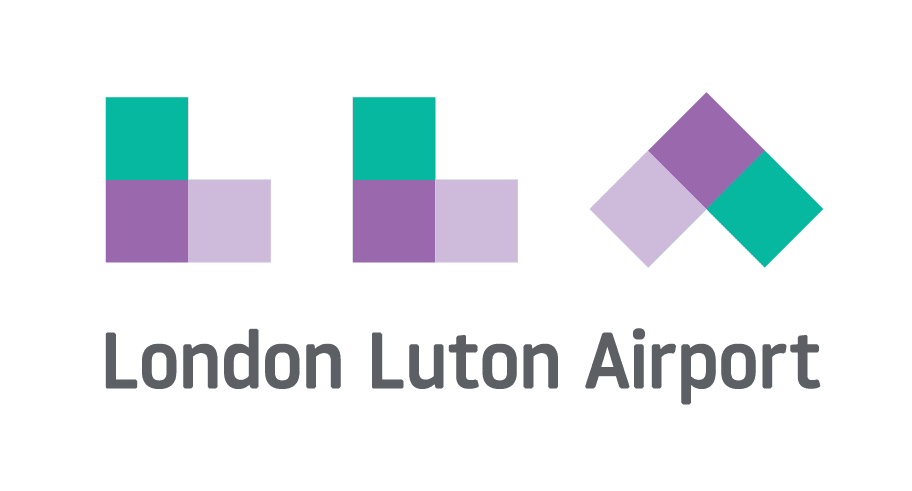Buried Obstruction Survey – Becket Primary School
Written by: J. Jackson | Published: 3rd September 2024
Becket Primary School got in contact with us after they began excavations and hit what was suspected to be a foundation slab. They reported that there may be an old silk mill under the site and wanted us to investigate with a buried obstruction survey.
Our findings allowed our client to find out which areas needed to be excavated, how deep they needed to dig, and where heavy duty equipment would be needed, overall saving them any future unexpected costs.
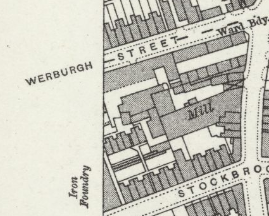
We looked through some historical maps and found that a silk mill was, in fact, on the same site, as well as paintworks from the 1950s. We later found that these were demolished in the 1970s.
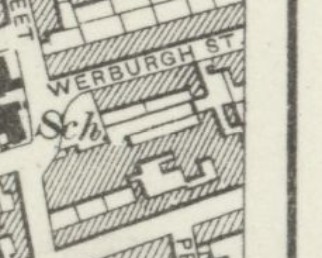
What Is a Buried Obstruction Survey?
Buried obstruction surveys allow us to see what’s lying underground without the need for digging an area up and potentially causing damage to the scanned surface or the buried objects.
These surveys allow us to identify any buried obstructions early, avoiding any surprises that will cause delays further into the project.
How Does It Work?
To conduct buried obstruction surveys, we use a Ground Penetrating Radar (GPR).
GPR’s are a non-destructive, non-intrusive detection and imaging method that identifies subsurface elements that are either underground or within surfaces – for example, within concrete.
The GPR sends a radio signal to a surface and reads the ‘bounce’ (the time the signal takes to return back to the GPR). This ‘bounce’ indicates the distance between the underground surface and the GPR.

Site being surveyed by our utility surveyor, Fab
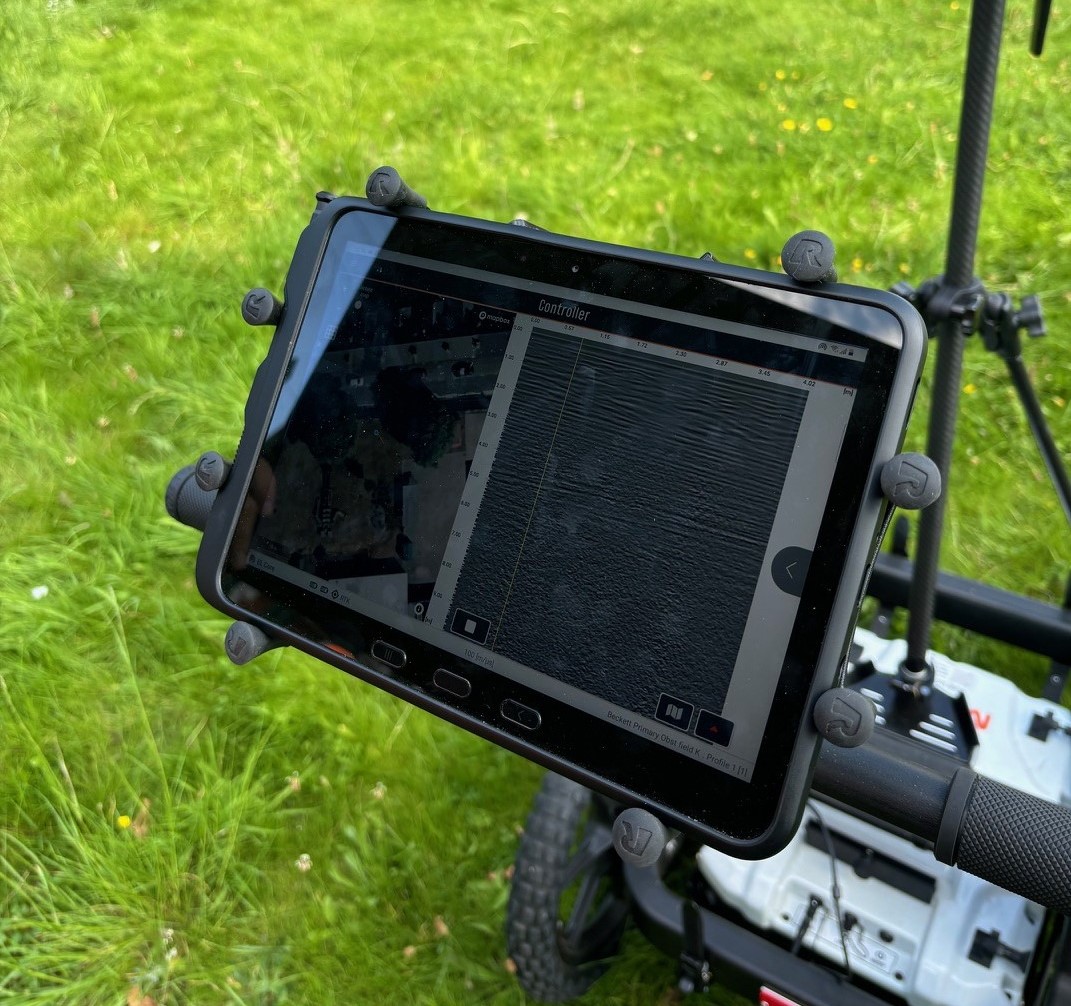
GPR picking up data
Our Final Findings:
What Did We Do?
Using GPR technology, we collected information at 0.5m intervals and processed the data to look for anomalies in the ground – we found anomalies in the same places as indicated in the map, seeming to form the shape of a foundation slab.
To interpret the data, we used historic maps and the GPR data collected on site. This data was then extracted into CAD and any patterns or clumps of data were grouped together with an average point depth identified.
We then went over our findings with the client, who used the collected data to find out which areas needed to be excavated, how deep they needed to dig, and where heavy duty equipment would be needed. All of this information gathered from our survey allowed them to estimate the costs going forward.
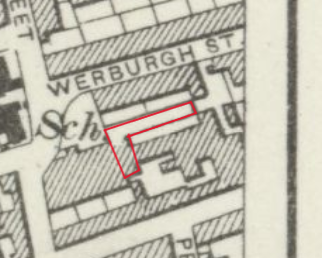
We picked up data in the highlighted area.
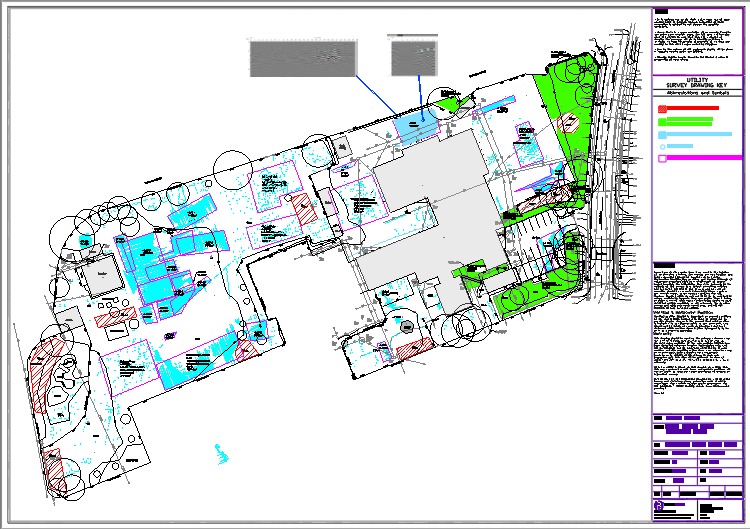
We combined data from the underground obstruction survey with a previous utility survey to create this final drawing.
For More Information About Buried Obstruction Surveys:
Understanding: Buried Obstruction Surveys
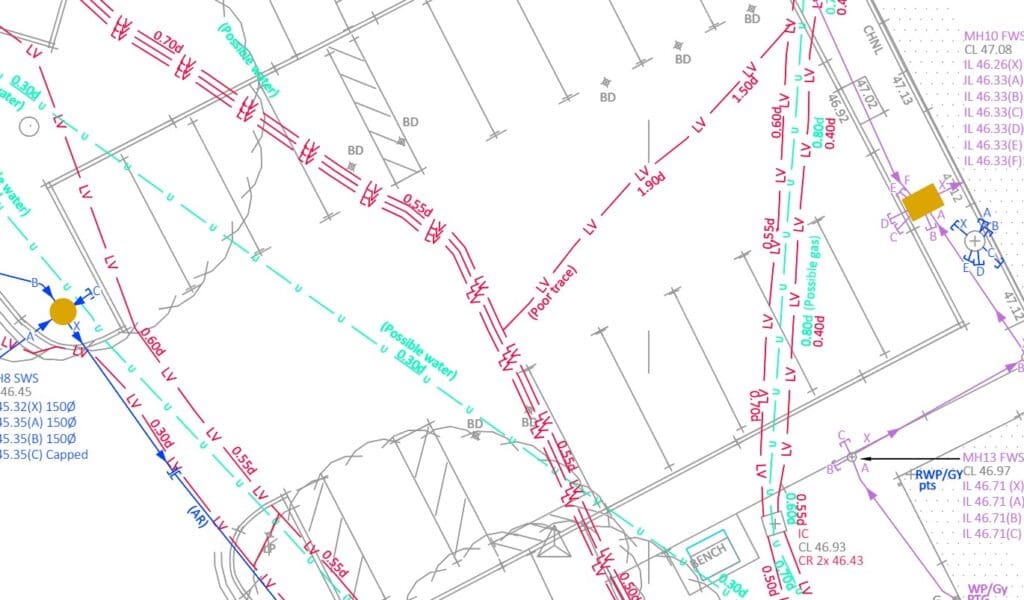
Case Study: Pear Tree Infant School
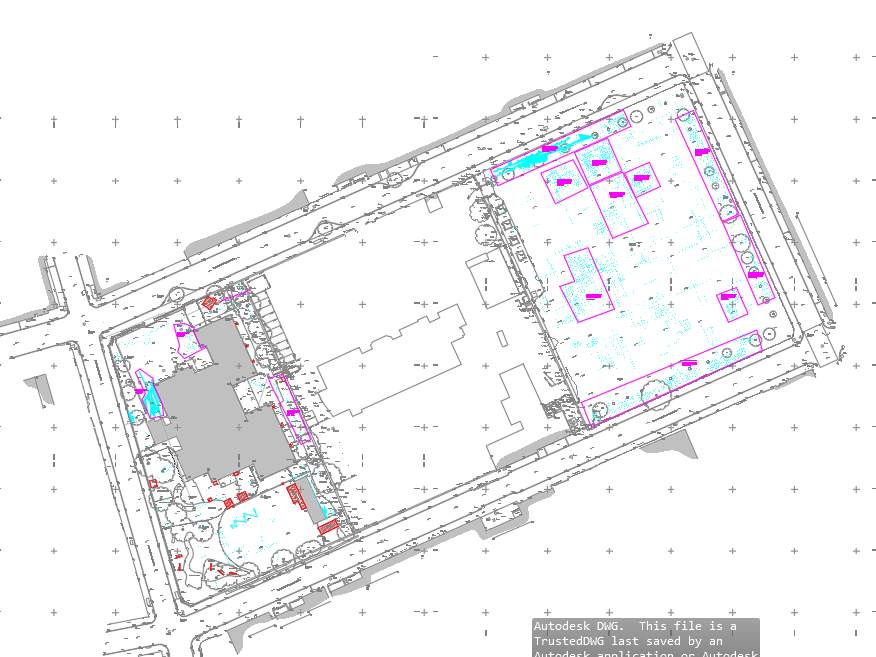
Stay updated with us:
How Can SolidPoint Help Your Project?
At SolidPoint, we are passionate about providing accurate and efficiently collected data for our clients and have worked on numerous projects across the UK. If you are looking to commission a survey in your next project, please don’t hesitate to Get in touch with a member of our friendly team to discuss your requirements and get a free quote.
Alternatively, you can call us on 01332 898350 or email us at projects@solidpoint.co.uk for more information on our services. We look forward to hearing from you!
Give us a call on
Request a Free Quote

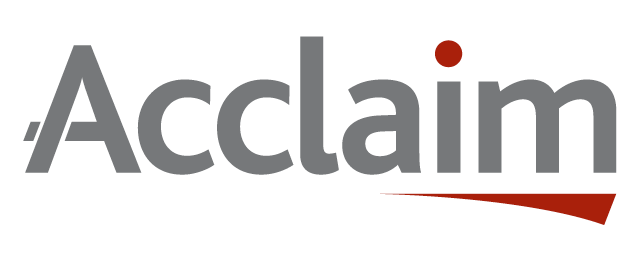


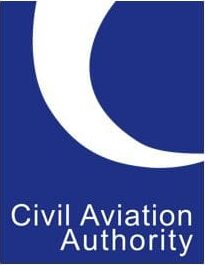
Trusted Suppliers for:
